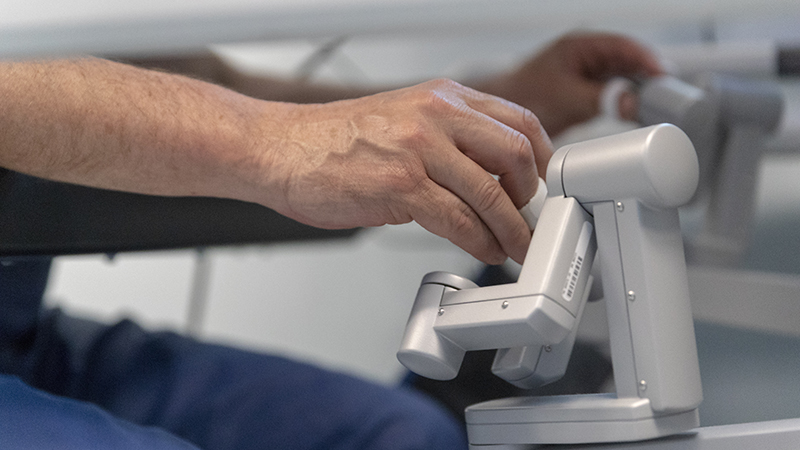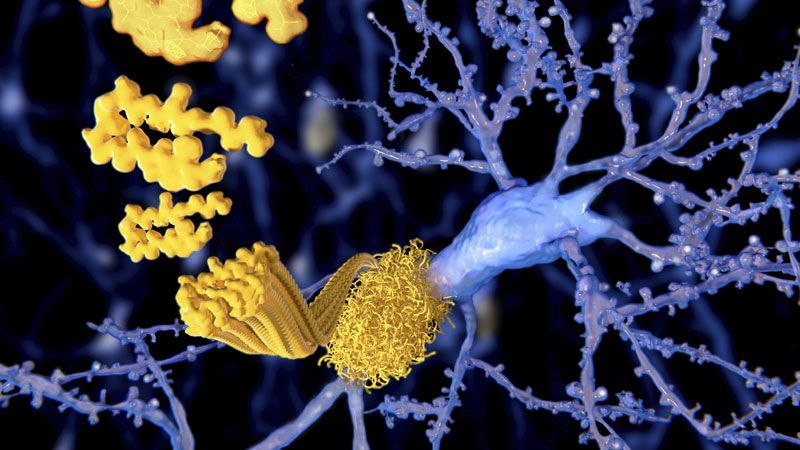Oncofertility: Preserving Fertility Before Cancer Treatment
Published September 2019
When Cancer Impacts the Young
Cancer treatment takes a heavy toll on the body, and can leave some men, women and children unable to conceive a child later in life. Now, emerging research is changing that.
In 2006, Teresa K. Woodruff, PhD, coined the term oncofertility, a new field of medicine comprised of oncology and fertility. Among her roles, Dr. Woodruff is the vice chair for research and the chief of the Division of Reproductive Science in Medicine in the Department of Obstetrics and Gynecology, Northwestern University Feinberg School of Medicine. She is also the director of the Center for Reproductive Science (CRS), founder and director of the Women’s Health Research Institute (WHRI), director of the Oncofertility Consortium, and dean of the Graduate School and associate provost for Graduate Affairs at Northwestern University.
“Most people don’t understand that cancer impacts young people,” says Dr. Woodruff. This year alone, 1.8 million people in the U.S. will be diagnosed with cancer. Of those, 10 percent will be under the age of 45. “They understand cancer; they just don’t see it as a disease that might affect young individuals.”
And although cancer survival rates among young people have greatly improved in the past four decades, infertility remains one of the most common complications resulting from childhood cancer treatment.
Types of cancer treatment that can cause infertility include:
- Chemotherapy. Chemotherapy can contain alkylating agents, which target specific mutations in your DNA to keep them from multiplying. In high doses, this can cause permanent damage to your DNA.
- Radiation therapy. Radiation to the pelvis, abdomen, spine or whole body can cause ovarian insufficiency or damage sperm production.
- Surgery. In some cases, reproductive organs may be removed, which can affect fertility.
Fortunately, families have options to help preserve a child’s fertility. Additionally, there are benefits to maintaining your reproductive health, explains Dr. Woodruff. For example, losing the ability to produce certain hormones increases your risk for cardiovascular disease and poor bone health.
Oncofertility: An Emerging Field
In her work, Dr. Woodruff observes young patients who are being treated for cancer. “Some of these life-saving drugs and therapies could threaten their fertility. As a reproductive biologist, I understood they would lose their follicles in the ovary during treatment much like they would the hair on their head,” she explains. Creating this field of medicine makes the issue more prominent and helps patients and their families plan for the future.
“Ultimately, many oncologists are looking for the best treatment because their primary care objective is cancer treatment,” says Dr. Woodruff. “But based on this cancer care paradigm, fertility management comes into play.”
Some of these life-saving drugs and therapies could threaten their fertility.— Teresa K. Woodruff, PhD
At Robert H. Lurie Comprehensive Cancer Center of Northwestern University at Northwestern Memorial Hospital, for example, a fertility preservation patient navigator helps guide patients and families before undergoing treatment.
“One of the keys is to bring all disciplines of the academy under one roof,” Dr. Woodruff explains. Together, the team takes a comprehensive, multidisciplinary approach to care. This means a group of individuals from a variety of clinical backgrounds works together to identify what fertility preservation options are available based on the type of cancer treatment.
Since the inception of oncofertility, Dr. Woodruff has led the Oncofertility Consortium, which brings together a global network of providers to unify best practices and share resources around the world.
Research Explores Fertility Preservation Options
Advances in treatment have reduced the time for emergency fertility preservation, so patients can preserve fertility more quickly without a lengthy delay in cancer treatment. “We keep opening the envelope in terms of scientific interventions and what we can do,” says Dr. Woodruff.
Dr. Woodruff says that children 4 months and older who undergo cancer treatment may bank, or harvest, ovarian or testicular tissue. “It is our hope that in 20 to 30 years, when that individual is looking to have a family, science will have caught up with the opportunity to provide that unmet need,” explains Dr. Woodruff. For example, in one study, frozen testicular tissue was placed on a monkey, which generated sperm and led to a successful pregnancy and live birth.
Once a child has hit puberty, they have access to additional preservation options. Egg freezing is possible for girls, though the care team will only take a small number of eggs. For males, sperm collection and storage is recommended.
“In terms of fundamental science, the most important research in this area is replacing damaged function,” explains Dr. Woodruff. “The research is at the frontier of determining how to make an organ mimic reproductive tissue.” Dr. Woodruff has been involved in the creation of a bioprosthetic ovary, which could allow fertility restoration and allow children who have already undergone cancer treatment a way to go through puberty. Through this research, a mouse was able to give birth to healthy pups after receiving the 3-D printed bioprosthetic ovary.
In addition to prosthetic ovaries, additional work is being done to isolate individual follicles, which release eggs in female patients. “We don’t want to reintroduce cancer they had just survived, so we are developing other strategies,” Dr. Woodruff explains. “For young women, reproductive health is synonymous with a lifetime of health.”
Ultimately, though she helped coin the term, Dr. Woodruff looks forward to the day she sees the need for oncofertility eliminated because of new and expanding treatment options that could be on the horizon. “In the meantime,” she says, “we can manage the expectations of a large number of men and women who would have been sterilized, but now have hope for endocrine fertility, health and well-being.”






